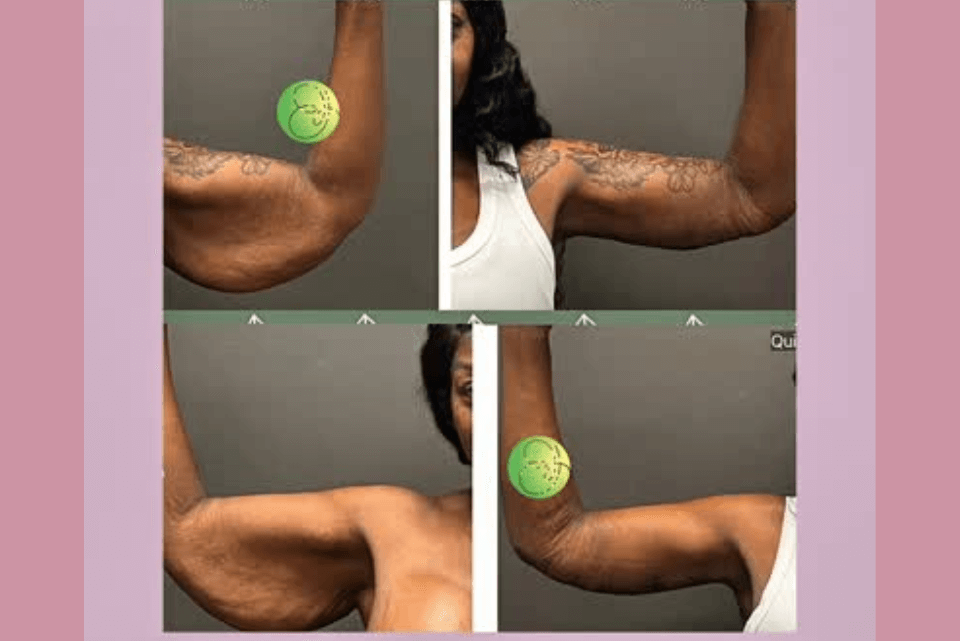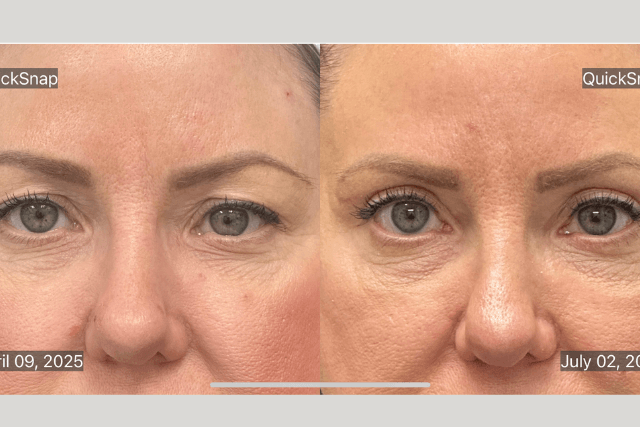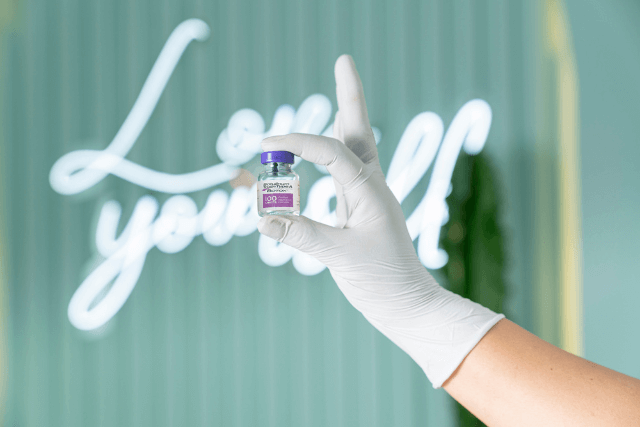Learn about the most common breast augmentation myths and misconceptions and the real facts.
Breast Augmentation Myths and Misconceptions – Safety
Myth 1 – Silicone is not safe and will harm you.
Silicone, also known as “gel”, actually has the same outer shell and safety rating as saline implants. The only difference is what’s inside, saline is saltwater and the silicone is a cohesive gel. If you were to ever get a rupture with the silicone. The gel stays in the shell and will not harm your body in any way. With saline, you would see a significant difference in the size of the breast that has the rupture. We’ve seen women who’ve had a ruptured gel implant for 10-plus years. Those patients finally decided to replace the ruptured implant. Because the patient decided to go larger or add a lift. Breast Implants do come with warranties. However, if the implant were to ever rupture the implant company would refund you the cost of the replacement implants.
Myth 2 – Saline is better than silicone.
It’s just a matter of personal preference. Both have the same safety profile and outer shell. The silicone gel tends to look and feel much more natural than the saline. In more slender women Dr. Eberbach strongly recommends silicone gel to decrease the appearance of rippling. The reason most women choose saline implants. Because they tend to be less expensive. Additionally can overfilled for a larger size than gel implants, many patients prefer them. Our surgeon’s advanced technique and experience allow him to perform a silicone breast augmentation in less than 30 minutes. This allows us to offer both silicone and saline implants at the same price. Since we made silicone and saline at the same price. 99% of our patients have decided to get the silicone gel.
Myth 3 – High Profile means higher up on the chest.
You may notice when viewing our photo gallery that there is often an “MP” or “HP” after the implant size. These are two of the most popular profiles of implants, moderate and high profile. A common misconception is that “high profile” means that the implants will be higher on the chest. The implant called high profile because it projects off the chest more. Not because it will make your breasts position higher on the body. Unfortunately, where God put your breasts is where they are going to remain. Some women’s breasts start above their armpit and the breasts of some women start below. Breast Implants will add volume but the location of your breast will remain the same.
Myth 4 – You can’t breastfeed if you get a breast augmentation.
Not every woman can breastfeed regardless of whether they have implants or not. However, having a breast implant has no impact on whether a woman will be able to nurse or not.
Breast Augmentation Myths and Misconceptions – Post-Operative Care
Myth 5 – All Breast Implants require a changeover every 10 years.
You only need to change your breast implants if you are unhappy with them or there is a rupture. Women usually replace their implants every 10 years. The two most common reasons why women change their implants. Because they are no longer happy with the shape or size of the implant. Many women decided years after surgery that they would like bigger implants. If there is a saline rupture, the implant will deflate. Moreover, that breast would go down to the size it was before the breast augmentation. Nowadays, you don’t need to replace silicone gel implants. Especially, if there is a rupture and most companies offer a warranty to match. If a silicone implant did rupture, the gel would stay in the shell. Lastly, the implant would not lose its shape or harm your body in any way.
Myth 6 – Getting breast implants makes you more susceptible to breast cancer.
There is no link whatsoever between having breast implants and breast cancer. Dr. Eberbach does encourage women to continue to get an MRI every 3 years.
Myth 7 – A mammogram will damage breast implants.
Breast implants are extremely durable and pliable. Having a medical examination either with an ultrasound or a mammogram will have no impact on the implants. If a patient thinks there is a rupture. Then they will usually need to get an MRI to determine if there is one.
Myth 8 – A breast lift will make breasts be higher on the chest.
A mastopexy, also referred to as a breast lift, addresses the nipple position not the position of the actual breast. If a patient has nipples that are below the crease of the breast, they probably need a lift. The actual location of the breast won’t change.
Breast Augmentation Myths and Misconceptions – Recovery
Myth 9 – Patients will need to be out of work for 6 weeks when they get a breast augmentation.
Every patient recovers differently. Although, the average patient goes back to work a few short days after their breast augmentation surgery. Patients will describe the “pain” as more of soreness. We have heard patients compare the soreness after surgery. Particularly to a heavy chest workout at the gym or an expecting mother’s milk coming in. Patients who have desk jobs will usually only take a few days off work. Patients who have more strenuous jobs that require heavy lifting may need to take a few weeks off work.






